
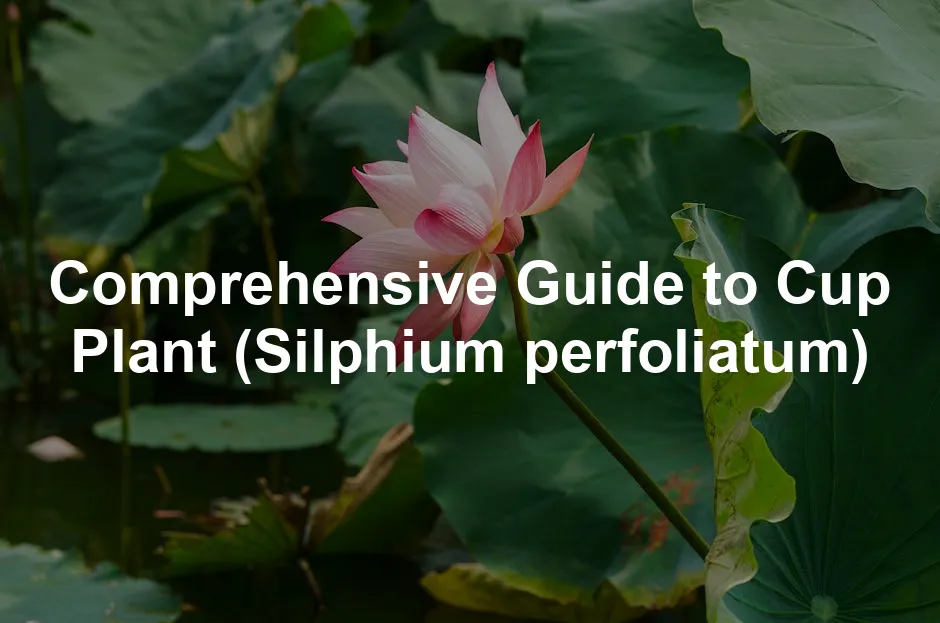
Comprehensive Guide to Cup Plant (Silphium perfoliatum)
Introduction
Cup Plant, or Silphium perfoliatum, belongs to the Asteraceae family. This striking perennial features unique cup-like leaves that collect rainwater, providing a vital resource for wildlife. Its vibrant yellow flowers attract pollinators, making it a favorite among gardeners and foragers. If you’re planning to grow Cup Plant, be sure to check out Cup Plant Seeds for the best start!
Summary and Overview
Cup Plant typically grows between 4 to 10 feet tall, showcasing its impressive stature in gardens and natural settings. The plant thrives in moist areas, including floodplains and prairies, making it well-suited for native ecosystems. Its ability to attract birds and beneficial insects enhances biodiversity. Gardeners appreciate Cup Plant for its low maintenance and ability to naturalize spaces. Additionally, its young shoots and leaves offer culinary potential, making it a versatile addition to any garden. Whether you’re enhancing a wildlife garden or foraging, Cup Plant provides beauty and utility.
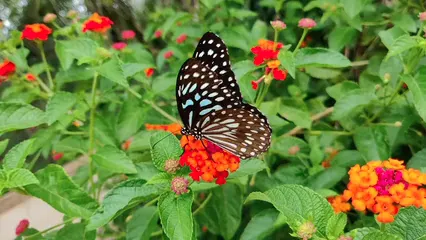
Discover more about how to create a low-maintenance garden with plants like Cup Plant. low maintenance plants
Characteristics of Cup Plant
Description
The Cup Plant features tall, sturdy stems that can reach heights of up to 10 feet. Its most distinctive characteristic is the opposite leaves, which fuse around the stem, creating a cup that can hold water. These leaves, which can grow up to 14 inches long, are coarsely toothed and have a rough texture. From July to September, Cup Plants bloom with bright yellow flowers measuring about 3 to 4 inches across, attracting various pollinators. This herbaceous perennial establishes quickly and can bloom by its second season, creating visually stunning colonies in suitable habitats.
Habitat and Distribution
Cup Plant, or Silphium perfoliatum, thrives in diverse environments. You’ll commonly find it in prairies and floodplains. These areas provide the moist, rich soils that Cup Plant loves. It flourishes in wet meadows and along riverbanks, where it can soak up plenty of moisture.
This native plant is well-adapted to various soil types, from clay to sandy loam. While it prefers medium to wet soils, it can tolerate some drought once established. This adaptability makes it a resilient choice for gardeners.
Geographically, Cup Plant ranges from central-eastern Canada to the southeastern United States. Its broad distribution highlights its ability to thrive in different climates. Whether you’re enhancing a native garden or restoring a natural habitat, Cup Plant is a fantastic option. Its ecological benefits and stunning appearance make it a valuable addition to any landscape.
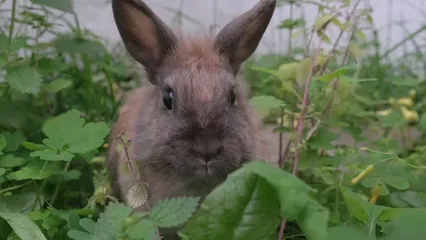
Cultivation and Care
Growing Conditions
For optimal growth, Cup Plant needs full sun. Aim for at least six hours of direct sunlight each day. This plant thrives in medium to wet soils but can adapt to average moisture levels once established. To protect your hands while gardening, consider investing in some quality Gardening Gloves that can withstand the rigors of planting and weeding!
When planting Cup Plant, consider spacing. Each plant should be spaced 2 to 3 feet apart to allow for proper air circulation and growth. This spacing helps prevent overcrowding and promotes healthy development.
If you’re adding Cup Plant to your garden, prepare for its impressive height. It can reach up to 10 feet, making it a striking focal point. Regular maintenance includes monitoring soil moisture and ensuring it receives adequate sunlight. With these conditions met, Cup Plant will thrive, bringing beauty and ecological benefits to your garden.

Propagation Techniques
Propagating Cup Plant can be done through seeds or cuttings. Both methods have their advantages. Seed propagation is more common and allows for a larger number of plants. Start by planting seeds indoors in late winter or early spring. Transplant them outdoors after the last frost. Don’t forget to use Organic Fertilizer to give your plants the nutrients they need to flourish!
Cuttings can also work well. Take healthy stem cuttings in mid-summer. Ensure each cutting has a few leaves. Place them in a moist potting mix and keep them warm. Roots should develop in a few weeks.
Timing is crucial for success. For seeds, aim for late winter to early spring. This gives them a head start before the growing season. Once planted, young plants need consistent moisture and full sun. Regular watering is essential until they establish strong roots.
With proper care, your Cup Plants will thrive and beautify your garden!
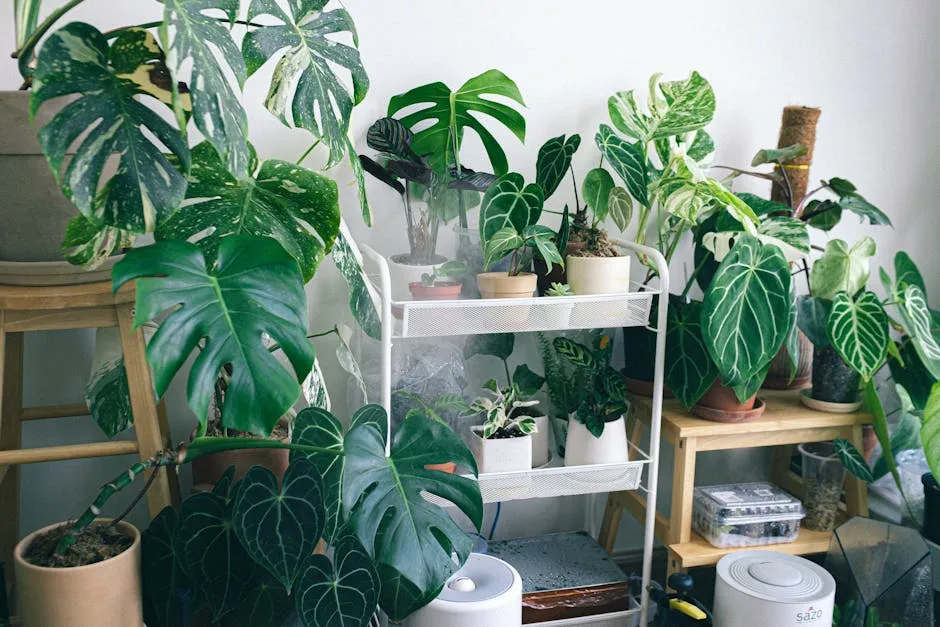
Soil and Water Management
Cup Plant plays a significant role in soil conservation. Its extensive root system improves soil health by preventing compaction and enhancing aeration. These roots also help retain moisture, allowing the plant to absorb water efficiently. As a result, Cup Plant can thrive in various soil types, making it an excellent choice for gardeners.
Moreover, the unique cup-shaped leaves collect rainwater, creating natural reservoirs. This feature not only benefits the plant but also provides essential hydration for nearby wildlife. Birds and insects often visit these water-filled cups, promoting biodiversity in your garden. To ensure your plants are getting the right amount of moisture, consider using a Soil Testing Kit to monitor your garden’s needs!
Erosion control is another vital benefit of Cup Plant. Its sturdy structure stabilizes soil, especially in natural landscapes prone to erosion. By planting Cup Plant in rain gardens or along slopes, you can effectively combat soil erosion. This native plant is a fantastic asset for anyone looking to enhance their garden’s ecological balance while enjoying its aesthetic appeal.

Culinary Uses
Foraging and Edibility
Cup Plant offers a variety of edible parts, making it a delightful find for foragers. The young leaves and shoots are particularly delicious, with a flavor reminiscent of sunflower greens. You can enjoy them raw in salads or cooked in various dishes. For those looking to expand their foraging knowledge, the Edible Wild Plants Book is a great resource to help you identify safe and tasty options!
When foraging, remember to harvest sustainably. Select plants from dense colonies rather than solitary ones to minimize impact. Twist off the young meristems and cut the leaves with scissors. After harvesting, give the greens a cold water soak to refresh them.
Cooking methods include blanching the leaves to soften their robust flavor. For a simple dish, you can prepare a wild rice bowl by mixing blanched leaves with roasted vegetables. The versatility of Cup Plant makes it a compelling choice for those interested in wild edibles. Enjoy experimenting with this unique plant in your kitchen!
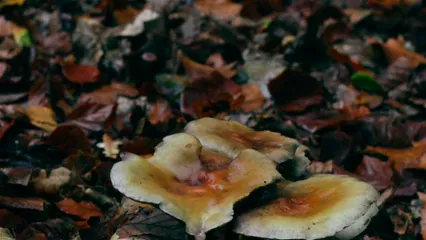
Recipe Ideas
Cup Plant offers delicious culinary potential, especially in a wild rice bowl. Start with young shoots, which have a mild, sunflower-like flavor. To prepare them, first blanch the shoots. Bring a pot of salted water to a boil and add the shoots for about 1-2 minutes. Then, remove them and let them cool naturally. For a delightful flavor boost, consider adding a drizzle of Olive Oil to the mix!
For the wild rice bowl, gather cooked wild rice and your favorite roasted vegetables. Combine them with the blanched Cup Plant shoots. You can add leftover meat for protein, if desired. Drizzle olive oil over the mix and season with Kosher Salt and pepper for flavor.
Serve this colorful dish in bowls, topping it with fresh herbs and toasted nuts for an extra crunch. This simple recipe showcases the culinary uses of Cup Plant while encouraging healthy eating habits. Enjoy experimenting with this unique ingredient in your kitchen!

Conclusion
Cup Plant is a remarkable addition to gardening, ecology, and culinary practices. Its ability to attract wildlife enhances biodiversity, while its edible parts offer delicious and nutritious options for your table. Consider incorporating Cup Plant into your garden or foraging adventures. This versatile plant not only beautifies your landscape but also enriches your meals. Start your Cup Plant journey today! And don’t forget a Gardening Hand Tools Set to make your gardening experience smoother and more enjoyable!

FAQs
What is Cup Plant and where does it grow?
Cup Plant, or Silphium perfoliatum, grows in prairies and floodplains across central-eastern Canada to the southeastern United States.
How do I care for Cup Plant in my garden?
Provide full sun and moist soil. Space plants 2-3 feet apart for healthy growth.
Is Cup Plant edible, and how can I use it in cooking?
Yes, young leaves and shoots are edible. Use them in salads or cooked dishes for a nutritious boost.
What wildlife does Cup Plant attract?
It attracts various pollinators like bees and butterflies, as well as birds seeking its seeds and water.
Can Cup Plant help with soil erosion?
Yes, its deep roots prevent erosion and improve soil health, making it a great choice for natural landscapes.
Please let us know what you think about our content by leaving a comment down belove!
Thank you for reading till here 🙂
If you’re looking to attract even more wildlife to your garden, consider adding a Bird Feeder to your outdoor space. Watching birds flock to your garden can be a delightful experience!
To take your gardening skills up a notch, you might want to keep track of your progress with a Gardening Journal. Documenting your planting dates, weather conditions, and plant growth can help you become a pro in no time!
Lastly, if you’re interested in exploring more about native plants, a Field Guide to Native Plants can enhance your understanding of the flora in your area!
All images from Pexels



